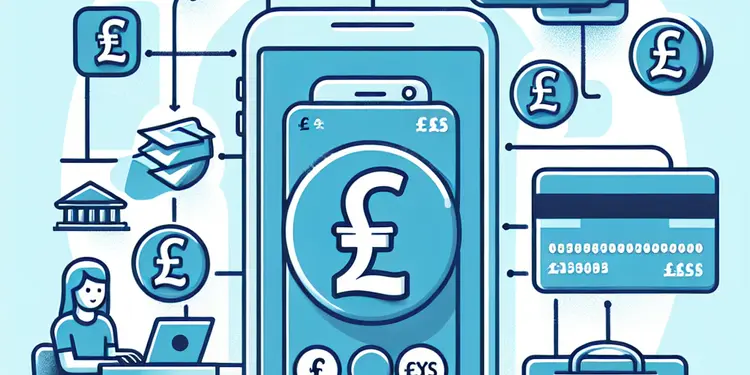
Find Help
More Items From Ergsy search
-
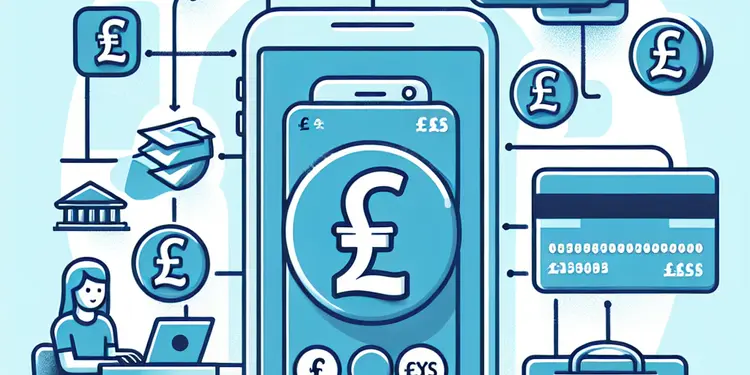
Will students receive the payment directly into their bank accounts?
Relevance: 100%
-

Do international students qualify for the £500 payment?
Relevance: 58%
-
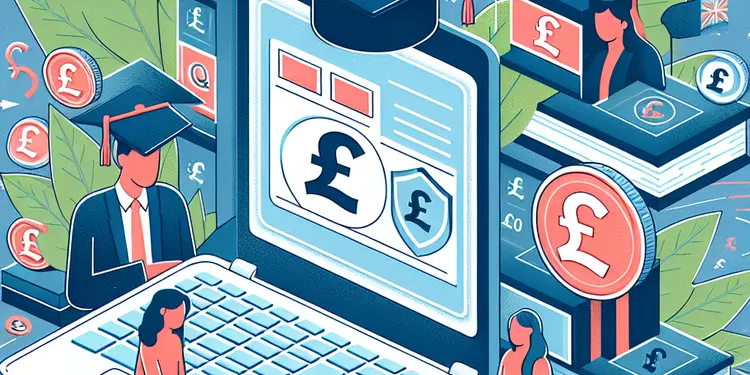
How can students apply for the £500 cost of living payment?
Relevance: 56%
-
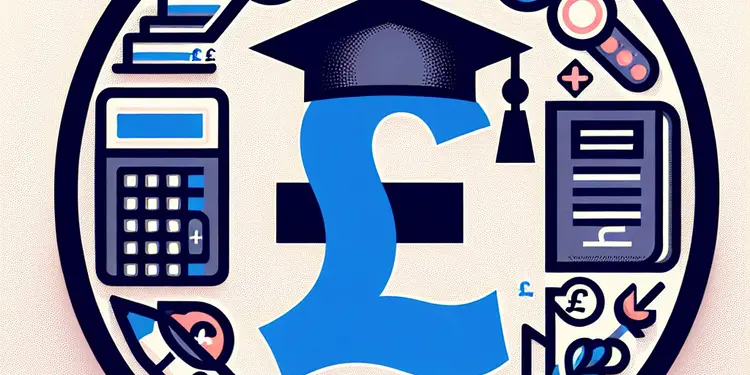
Can part-time students apply for the £500 payment?
Relevance: 56%
-

Can students receive the £500 cost of living payment?
Relevance: 55%
-

What is the deadline for students to apply for the £500 payment?
Relevance: 51%
-
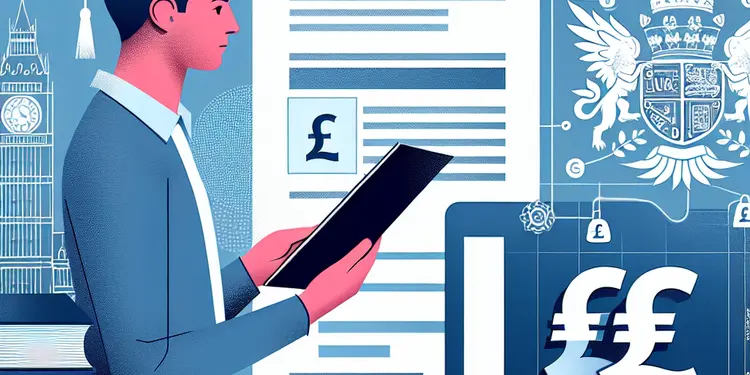
Is documentation of student status required for the payment?
Relevance: 50%
-
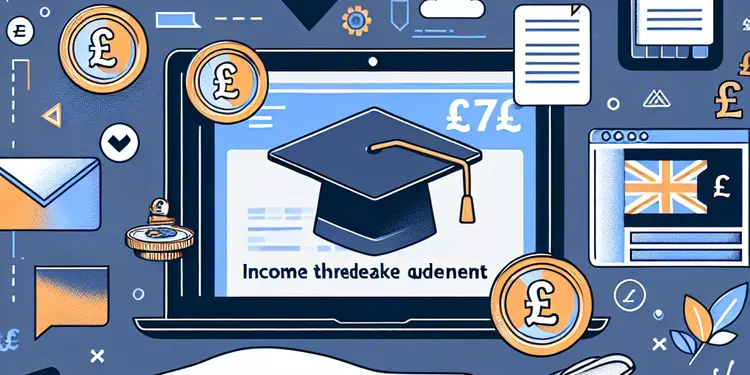
Is there an income threshold for students to qualify for the payment?
Relevance: 50%
-

Are students eligible for the £500 cost of living payment?
Relevance: 50%
-
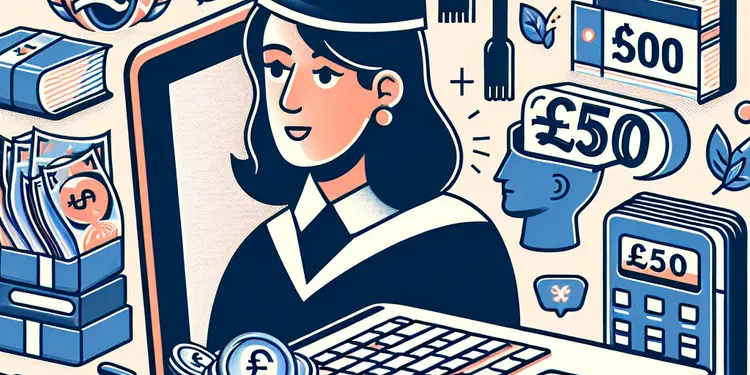
Can mature students apply for the £500 cost of living payment?
Relevance: 49%
-

What criteria must be met for students to receive the payment?
Relevance: 49%
-

Can I receive my tax refund directly into my bank account?
Relevance: 47%
-

Can students receive the payment if they are already receiving other scholarships?
Relevance: 43%
-

What should students do if their application for the payment is denied?
Relevance: 42%
-
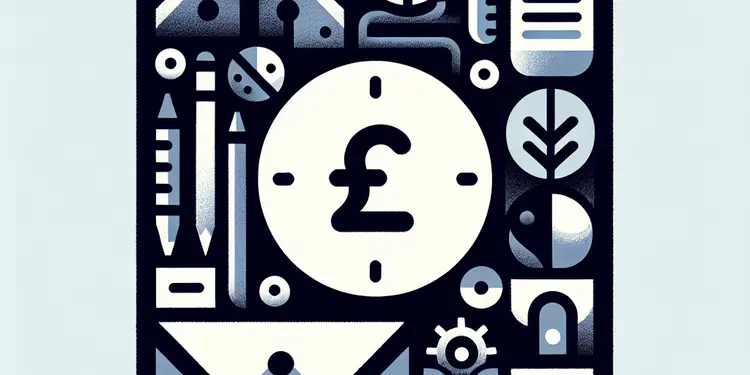
What if I haven't received my payment by the expected date?
Relevance: 42%
-

Is it easy to switch banks to Monzo or Revolut?
Relevance: 41%
-

Can I receive the payment if I live abroad?
Relevance: 41%
-
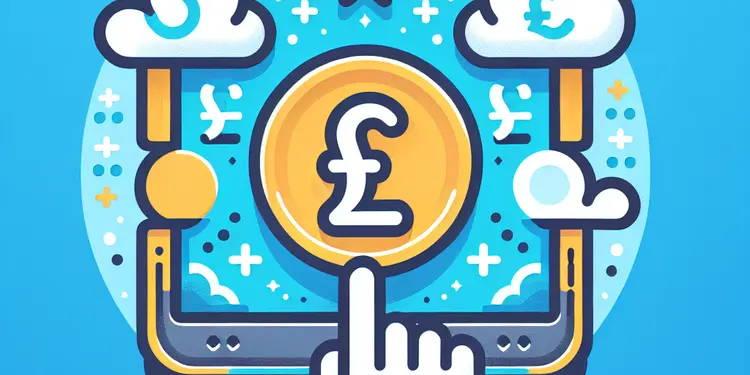
How will I receive the £500 payment?
Relevance: 39%
-

When will I receive the £500 cost of living payment?
Relevance: 39%
-

Do all banks have the same fee structures?
Relevance: 38%
-

What happens if I have a credit on my account?
Relevance: 38%
-

How does the payment affect students' financial aid packages?
Relevance: 38%
-

Do online banks have lower fees than traditional banks?
Relevance: 37%
-

When will the £500 payment be distributed?
Relevance: 37%
-
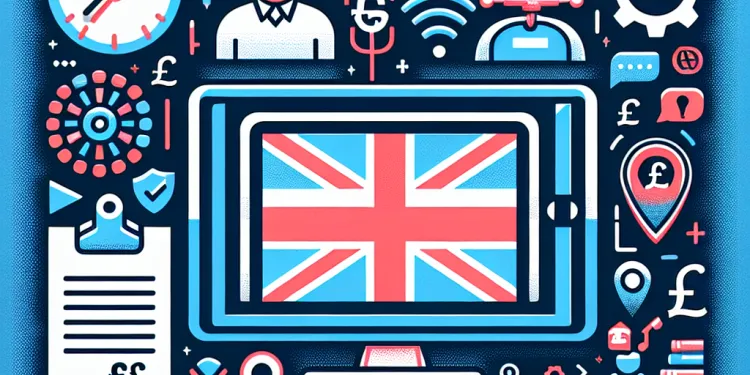
Are students required to pay for a TV license?
Relevance: 37%
-

Can I use Monzo or Revolut for everyday banking?
Relevance: 36%
-

Is the £500 cost of living payment a one-time payment?
Relevance: 36%
-

How do banking fees impact financial inclusion?
Relevance: 36%
-

Major Banks Announce Changes in Interest Rates: Are You Affected?
Relevance: 35%
-
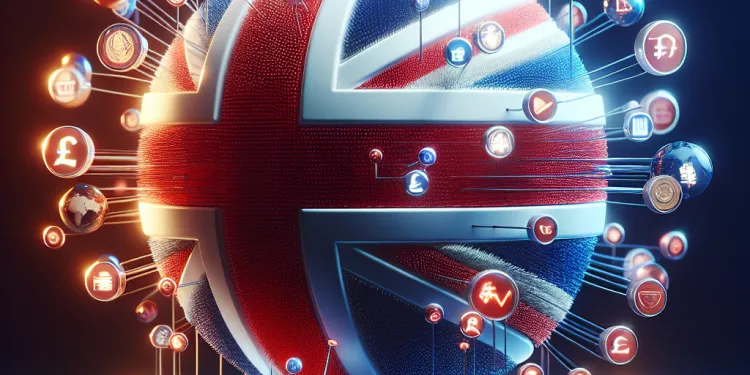
Do online banks offer investment options?
Relevance: 35%
-

What are some examples of hidden fees in banking?
Relevance: 34%
-

What should I do if I think I'm eligible but haven't received the payment?
Relevance: 34%
-

Student Finance: Should I pay more? | Plan 1 & Plan 2 | SF Explained
Relevance: 34%
-
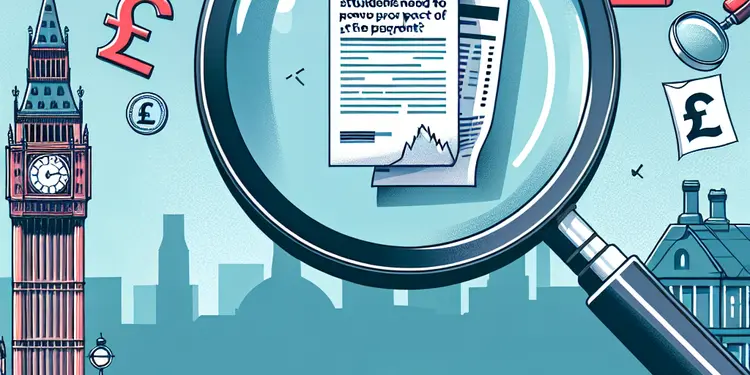
Do students need to provide proof of expenses to receive the payment?
Relevance: 34%
-

Are online banks like Monzo and Revolut regulated?
Relevance: 34%
-

How do I apply for the £500 cost of living payment?
Relevance: 34%
-

Will I get a notification once my payment is made?
Relevance: 34%
-

What is the £500 cost of living payment?
Relevance: 33%
-
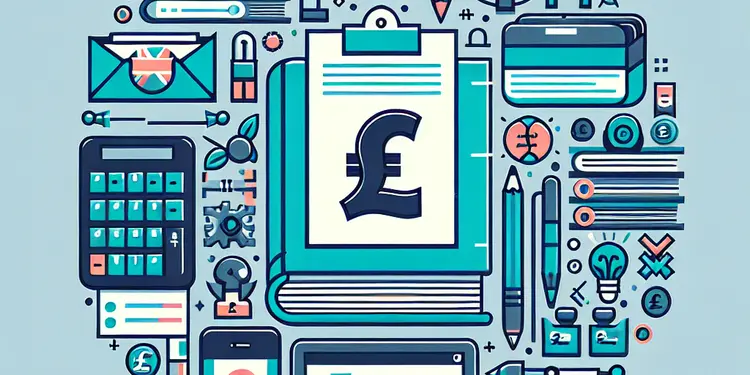
How can students find more information about applying for the payment?
Relevance: 33%
-

Why are some banking fees unexpectedly high?
Relevance: 33%
Introduction
For students in the UK, financial support is an essential aspect of pursuing higher education. Understanding how payments are received, particularly whether they are deposited directly into a student’s bank account, is crucial. This article explores how students typically receive payments from various sources to support their education.
Student Finance Payments
Most UK students receive financial aid through Student Finance, which provides loans and grants to help cover tuition fees and living costs. Students who apply for funding typically have their maintenance loans and grants paid directly into their bank accounts. These payments are often made in three installments over the academic year, aligning with the start of each term. Before receiving payments, students must ensure that they have opened and provided details of a UK bank account to Student Finance to facilitate the direct deposit of funds.
Scholarships and Bursaries
Many universities and organizations offer scholarships and bursaries to students based on various criteria such as academic merit, financial need, or specific talents. The method of payment for these funds can vary. Some scholarships may be paid directly to the university to offset tuition fees, while others are deposited into the student's bank account for personal use. When preparing for university, it is important to check the disbursement process for any scholarships or bursaries received and ensure the correct bank details have been provided.
Impact of Direct Deposits
Receiving funds directly into their bank accounts offers several benefits for students. It ensures timely access to necessary funds and enables students to manage their budgets effectively. Direct bank transfers reduce the risk of delays or losses associated with cheque payments. As students often juggle multiple responsibilities, having a streamlined payment process aids in maintaining focus on their studies without financial distractions.
Potential Issues and Considerations
While direct payments into bank accounts are generally reliable, there are potential issues students should be aware of. They must ensure that their bank account details are accurate and up-to-date with the relevant organizations to avoid disruptions in payments. Additionally, students should monitor their accounts regularly to verify receipt of payments and promptly report any discrepancies to Student Finance or the financial institution involved.
Conclusion
In the UK, direct bank deposits for student payments are a common and efficient method for disbursing financial support. Whether through Student Finance, scholarships, or bursaries, students can generally expect their funds to be deposited directly into their bank accounts. Staying informed about the payment process and maintaining accurate banking information is essential for students to manage their finances effectively and focus on their educational journey.
Frequently Asked Questions
Will students receive the payment directly into their bank accounts?
Yes, students who are eligible for payments will receive funds directly into their registered bank accounts.
What details are needed for students to receive payments directly to their bank accounts?
Students need to provide their bank account number, bank name, and routing number to receive payments.
How can students ensure their bank details are correct for direct payments?
Students should verify their bank account details by logging into the student portal and reviewing the information stored under their profile.
What happens if a student’s bank account details are incorrect?
If bank account details are incorrect, the payment may be delayed or rejected, requiring the student to update their information and possibly incur processing delays.
When will students receive the payments in their bank accounts?
The timeline for payment transmission can vary, but students are typically informed of the estimated date when payments will be deposited into their accounts.
Are there any fees for receiving payments directly into bank accounts?
Generally, there are no fees for receiving payments directly into a bank account, but students should verify with their financial institution.
Can students use a parent's bank account to receive payments?
Students should use a bank account registered in their own name, but policies can vary so they should check with their program administration.
What should students do if they do not have a bank account?
Students without a bank account are encouraged to open one, but alternatively, they might receive payments via other methods such as checks.
Can international students receive payments directly into their foreign bank accounts?
This depends on the institution’s policy; international students should check whether payments can be transferred to foreign accounts or if an alternative arrangement is necessary.
What should a student do if they haven’t received the payment by the expected date?
Students should contact the financial aid office or the program administrator to inquire about any delays or issues with the payment.
Is direct deposit into bank accounts the only method of receiving payments?
While direct deposit is the most common method, other methods like mailed checks or electronic transfer services may also be available.
How often will students receive payments into their bank accounts?
The frequency of payments depends on the program guidelines, such as monthly stipends, scholarship disbursements, or one-time payments.
What measures are in place to ensure the security of bank details provided by students?
Institutions implement strict data security protocols and encryption methods to safeguard students' financial information.
Can students change their bank account details for future payments?
Yes, students can update their bank details through the student portal or by contacting the financial services office directly.
What confirmation do students receive once a payment has been deposited?
Students typically receive an email notification or a notification within their student portal confirming the deposit.
What if a student’s bank account changes after the payment schedule is set?
They should promptly update their new bank account information in the institution’s records to ensure proper payment processing.
Do students need to reapply for payments each semester for them to be deposited in their bank accounts?
This depends on the type of payment; for recurring payments like stipends, reapplication might not be needed, but checking the specific requirements is advisable.
Can students withdraw the payments immediately after they are deposited?
Generally, once payments are deposited, they are available for withdrawal based on the bank's processing times, but students should verify with their bank.
Will students be charged by their bank for direct deposits?
Most banks do not charge for deposits, but students should check with their bank to confirm any specific policies.
Are there any special steps international students need to take for direct deposit to a domestic bank account?
International students might need to provide additional documentation or use specific accounts set up for receiving incoming funds. They should check with their financial institution and university.
Useful Links
- Ergsy carfully checks the information in the videos we provide here.
- Videos shown by Youtube after a video has completed, have NOT been reviewed by ERGSY.
- To view, click the arrow in centre of video.
- Most of the videos you find here will have subtitles and/or closed captions available.
- You may need to turn these on, and choose your preferred language.
- Go to the video you'd like to watch.
- If closed captions (CC) are available, settings will be visible on the bottom right of the video player.
- To turn on Captions, click settings .
- To turn off Captions, click settings again.
More Items From Ergsy search
-

Will students receive the payment directly into their bank accounts?
Relevance: 100%
-

Do international students qualify for the £500 payment?
Relevance: 58%
-

How can students apply for the £500 cost of living payment?
Relevance: 56%
-

Can part-time students apply for the £500 payment?
Relevance: 56%
-

Can students receive the £500 cost of living payment?
Relevance: 55%
-

What is the deadline for students to apply for the £500 payment?
Relevance: 51%
-

Is documentation of student status required for the payment?
Relevance: 50%
-

Is there an income threshold for students to qualify for the payment?
Relevance: 50%
-

Are students eligible for the £500 cost of living payment?
Relevance: 50%
-

Can mature students apply for the £500 cost of living payment?
Relevance: 49%
-

What criteria must be met for students to receive the payment?
Relevance: 49%
-

Can I receive my tax refund directly into my bank account?
Relevance: 47%
-

Can students receive the payment if they are already receiving other scholarships?
Relevance: 43%
-

What should students do if their application for the payment is denied?
Relevance: 42%
-

What if I haven't received my payment by the expected date?
Relevance: 42%
-

Is it easy to switch banks to Monzo or Revolut?
Relevance: 41%
-

Can I receive the payment if I live abroad?
Relevance: 41%
-

How will I receive the £500 payment?
Relevance: 39%
-

When will I receive the £500 cost of living payment?
Relevance: 39%
-

Do all banks have the same fee structures?
Relevance: 38%
-

What happens if I have a credit on my account?
Relevance: 38%
-

How does the payment affect students' financial aid packages?
Relevance: 38%
-

Do online banks have lower fees than traditional banks?
Relevance: 37%
-

When will the £500 payment be distributed?
Relevance: 37%
-

Are students required to pay for a TV license?
Relevance: 37%
-

Can I use Monzo or Revolut for everyday banking?
Relevance: 36%
-

Is the £500 cost of living payment a one-time payment?
Relevance: 36%
-

How do banking fees impact financial inclusion?
Relevance: 36%
-

Major Banks Announce Changes in Interest Rates: Are You Affected?
Relevance: 35%
-

Do online banks offer investment options?
Relevance: 35%
-

What are some examples of hidden fees in banking?
Relevance: 34%
-

What should I do if I think I'm eligible but haven't received the payment?
Relevance: 34%
-

Student Finance: Should I pay more? | Plan 1 & Plan 2 | SF Explained
Relevance: 34%
-

Do students need to provide proof of expenses to receive the payment?
Relevance: 34%
-

Are online banks like Monzo and Revolut regulated?
Relevance: 34%
-

How do I apply for the £500 cost of living payment?
Relevance: 34%
-

Will I get a notification once my payment is made?
Relevance: 34%
-

What is the £500 cost of living payment?
Relevance: 33%
-

How can students find more information about applying for the payment?
Relevance: 33%
-

Why are some banking fees unexpectedly high?
Relevance: 33%


